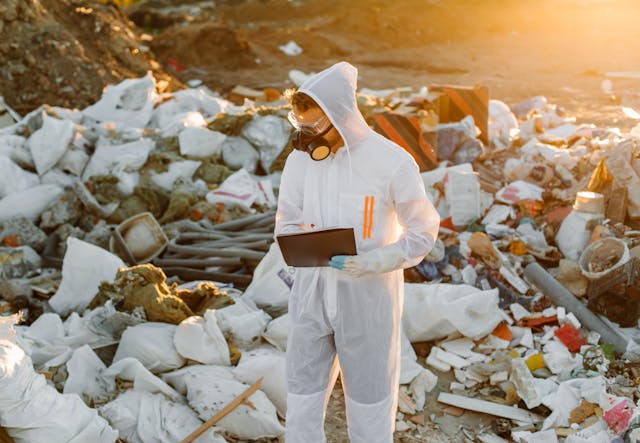Proper biohazard elimination is crucial for maintaining public health and safety. Hazmat Cleanup, which involves carefully handling and disposing hazardous materials, is a critical component in addressing biohazards that threaten human health. These biohazards can range from bloodborne pathogens to chemical spills and contaminated sharps. Addressing these hazards appropriately is a matter of compliance with health regulations and a fundamental aspect of safeguarding the health of individuals and communities. This article explores the top five reasons why proper biohazard elimination is essential.
Prevention of Disease Transmission
One of the most critical reasons for proper biohazard elimination is the prevention of disease transmission. Biohazards often contain pathogens such as bacteria, viruses, and fungi that can cause serious illnesses. For instance, bloodborne pathogens like HIV, hepatitis B, and C may be transmitted through contact with contaminated blood. Proper elimination procedures, including personal protective equipment (PPE) and appropriate disposal methods, are essential to prevent these pathogens from spreading. Failure to manage biohazards correctly can lead to outbreaks of infectious diseases, posing a significant risk to public health.
Protection of Cleaning Personnel
Those tasked with cleaning and biohazard elimination face substantial risks if proper procedures are not followed. Cleaning personnel are often on the front lines of dealing with biohazards, and without adequate training and protective measures, they are vulnerable to exposure. Ensuring these individuals have the necessary PPE, are trained in safe handling techniques, and have access to proper disposal methods is vital. Protecting the health of cleaning personnel safeguards their well-being and prevents the further spread of contaminants.

Compliance with Legal and Regulatory Standards
Proper biohazard elimination is not just a matter of practice but also a legal requirement. Various regulations and guidelines, such as those set the Occupational Safety and Health Admin (OSHA) and the Environmental Protection Agency (EPA), mandate the correct handling, transportation, and disposal of biohazardous materials. Non-compliance may result in severe penalties, including fines and legal action. Adhering to the standards is essential for organizations to avoid legal eventualitites and maintain their reputation.
Environmental Protection
Improper disposal of biohazards can have detrimental effects on the environment. For example, medical waste that is not correctly processed can contaminate water sources, soil, and air, leading to broader ecological damage. Effective biohazard elimination practices help mitigate these environmental impacts by ensuring that hazardous materials are disposed of in a manner that prevents contamination. This is escpecially important for preserving the natural environment and protecting wildlife from exposure to harmful substances.
Public Confidence and Trust
Proper biohazard management is crucial for maintaining public confidence in health institutions, businesses, and public services. When biohazards are handled appropriately, it demonstrates a commitment to public safety and environmental stewardship. Conversely, mishandling or negligence in biohazard elimination can lead to public outrage, loss of trust, and damage to an organization’s reputation. Ensuring that biohazards are managed correctly reassures the public that their health and safety are prioritized. Proper biohazard elimination is a critical component of public health and safety. It protects individuals from disease transmission, safeguards cleaning personnel, ensures compliance with legal standards, preserves the environment, and maintains public trust. The importance of adhering to stringent biohazard management protocols cannot be overstated.
